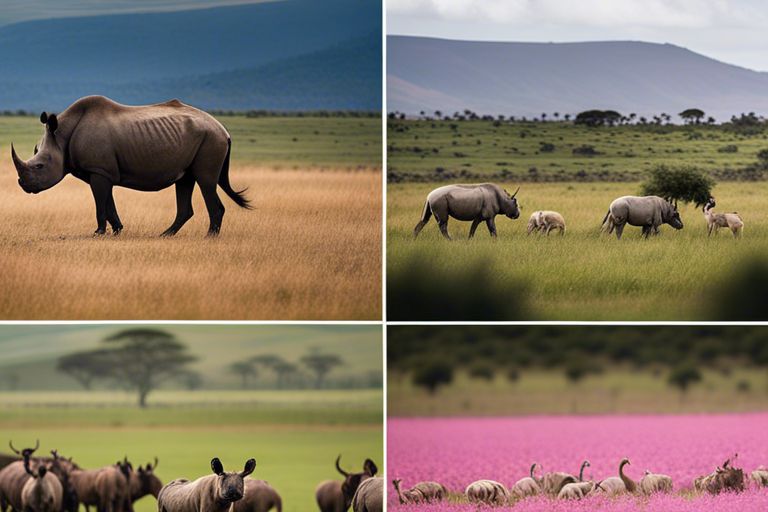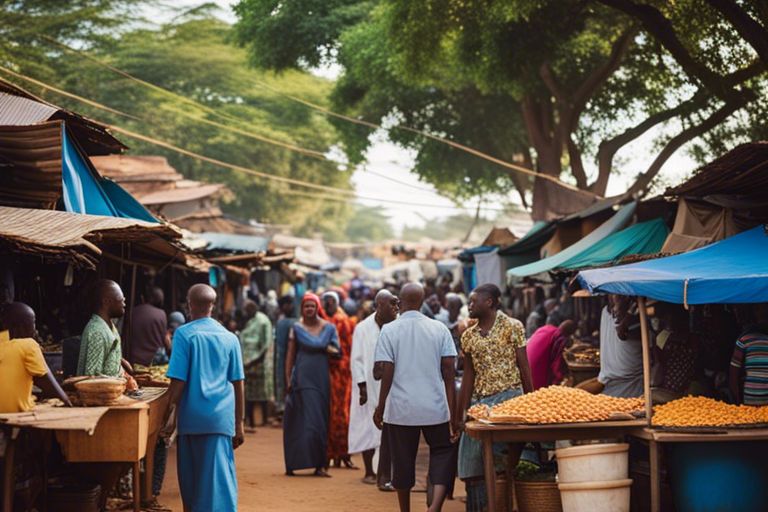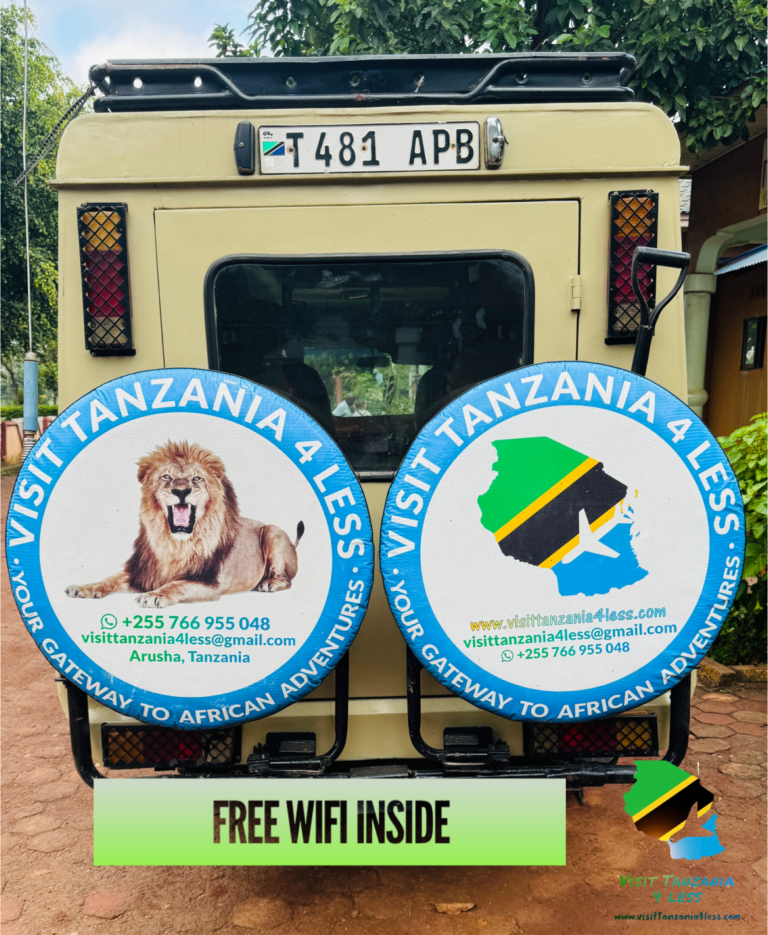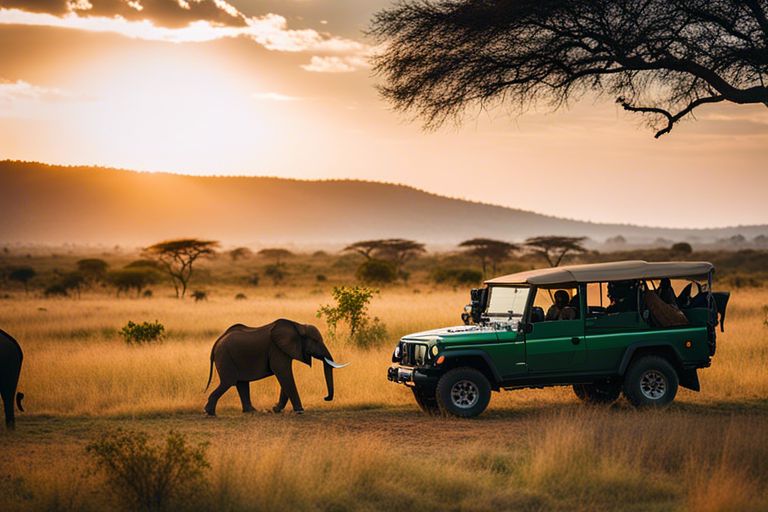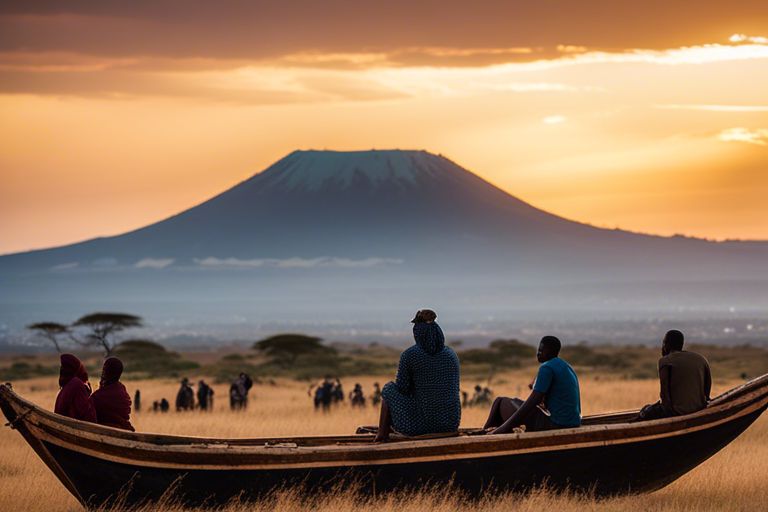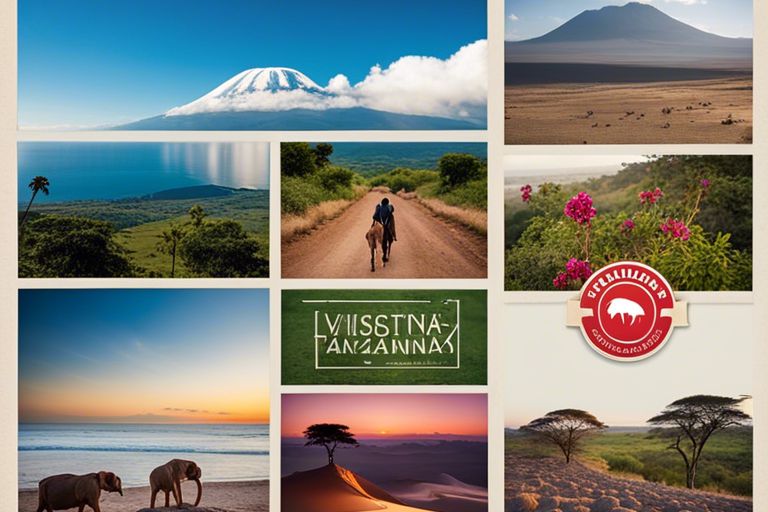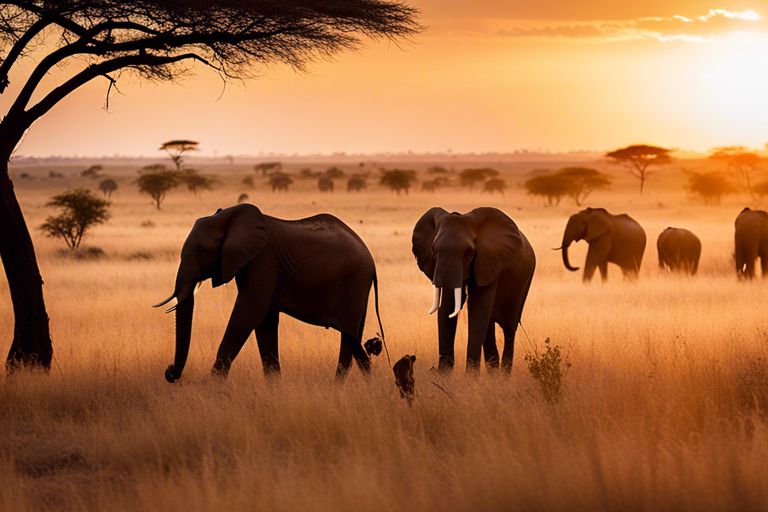What Rare And Endangered Species Call Ngorongoro Crater Home?
With its unique ecosystem and diverse wildlife, Ngorongoro Crater is home to a variety of rare and endangered species that roam its stunning landscapes. From the critically endangered black rhinoceros to the elusive wild dog, this UNESCO World Heritage Site is a sanctuary for some of the most threatened animals on the planet. Join us as we explore the incredible inhabitants of Ngorongoro Crater and learn more about the conservation efforts in place to protect these majestic creatures.
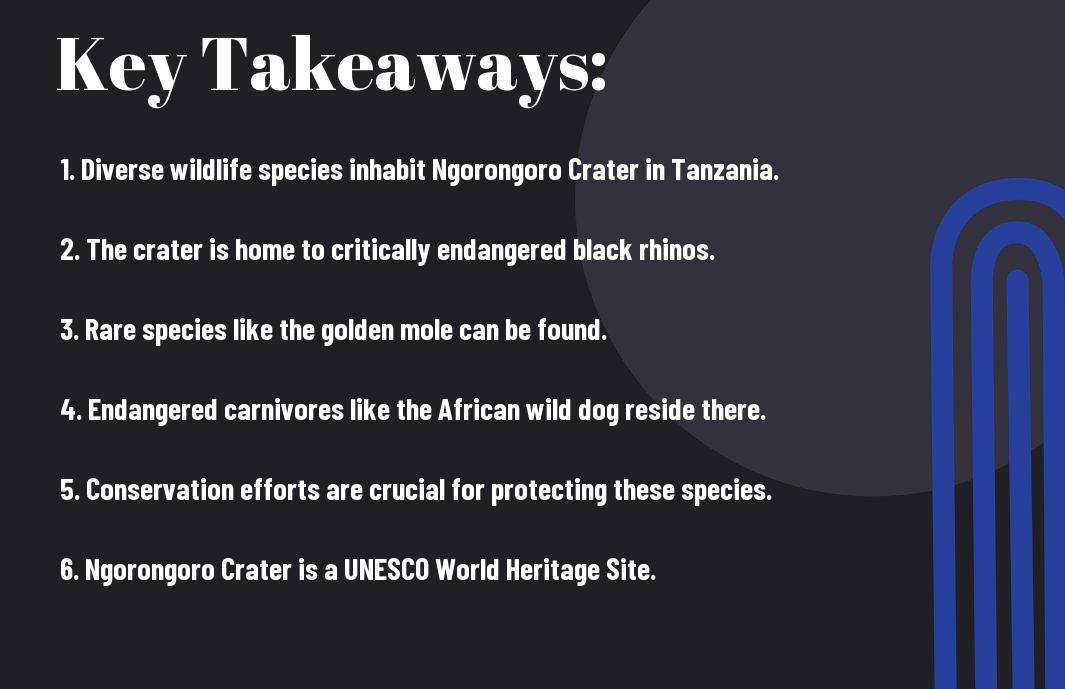
Habitats within Ngorongoro Crater
It’s fascinating to explore the diverse habitats within Ngorongoro Crater. For more insights on this stunning location, check out 12 great facts about Tanzania’s Ngorongoro Crater.
Forests and Woodlands
Ngorongoro Crater is home to lush forests and woodlands that provide a sanctuary for a variety of wildlife species. From towering trees to dense undergrowth, these habitats support a rich biodiversity including elephants, leopards, and a plethora of bird species. Exploring the forests and woodlands of Ngorongoro is a captivating experience that immerses you in the heart of nature.
Wetlands and Lakes
For the wetlands and lakes within Ngorongoro Crater, water plays a vital role in sustaining life. These habitats are teeming with an abundance of aquatic species such as hippos and water birds. The tranquil waters provide a refuge for animals to quench their thirst and find respite from the heat, creating a picturesque scene within the crater.
Another remarkable aspect of the wetlands and lakes in Ngorongoro Crater is their role in supporting the delicate balance of the ecosystem. The interconnectedness of these water bodies with the surrounding habitats ensures the survival of numerous species, making them vital components of this unique and biodiverse environment.
Rare Fauna of Ngorongoro Crater
Mammals
If you are a wildlife enthusiast, the Ngorongoro Crater is a haven for rare and endangered mammal species. The crater is home to the critically endangered black rhinoceros, as well as large herds of wildebeest, zebras, and buffalo. Other mammals that roam the crater include the elusive leopard, cheetah, and the iconic African elephant. To learn more about the incredible wildlife found in Ngorongoro Crater, you can check out the official website of the Wild Animals.
Birds
Ngorongoro Crater is not only an ideal habitat for mammals but also offers a diverse range of bird species for birdwatchers to admire. The crater is home to over 500 avian species, including flamingos, ostriches, eagles, and vultures. Bird enthusiasts can spot both resident and migratory birds, adding to the rich biodiversity of this unique ecosystem.
Endangered Species Management Efforts
Anti-Poaching Initiatives
Once again, to protect the rare and endangered species in Ngorongoro Crater, extensive anti-poaching initiatives have been implemented. These efforts involve increased patrols, the use of advanced technology such as drones and GPS tracking, as well as collaborations with local communities to report any suspicious activities.
Habitat Preservation and Restoration
To ensure the long-term survival of the rare species in Ngorongoro Crater, habitat preservation and restoration projects are crucial. These initiatives focus on maintaining the integrity of the ecosystem by preventing habitat destruction and degradation, as well as restoring key habitats for the species to thrive.
For instance, ongoing efforts involve reforestation projects to restore critical habitats for species such as the black rhinoceros and the African wild dog. These projects not only help protect the species but also contribute to the overall health and balance of the ecosystem in Ngorongoro Crater.
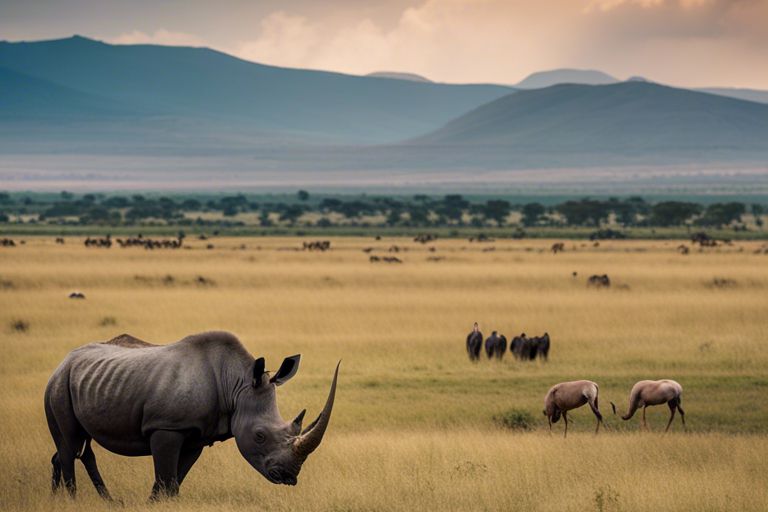
Challenges Facing Conservation in Ngorongoro
Human-Wildlife Conflict
Conservation efforts in Ngorongoro face significant challenges in managing human-wildlife conflict. The proximity of local communities to wildlife habitats results in conflicts over resources, leading to livestock depredation and crop damage. As a result, communities often retaliate against wildlife, further straining conservation efforts in the region. Implementing sustainable solutions that address the needs of both wildlife and local communities is crucial for the long-term conservation of Ngorongoro’s biodiversity.
Climate Change Impact
With the increasing impacts of climate change, Ngorongoro’s delicate ecosystem is facing unprecedented challenges. Changes in rainfall patterns and temperatures directly affect the availability of food and water for wildlife, leading to disruptions in migratory patterns and population dynamics. The heightened frequency of extreme weather events further compounds these challenges, putting additional pressure on the already fragile ecosystem.
The conservation community in Ngorongoro must adapt to these changing environmental conditions by implementing strategies that promote resilience and mitigate the negative impacts of climate change. Collaborative efforts between stakeholders, innovative conservation practices, and community engagement are imperative components in safeguarding the unique biodiversity of Ngorongoro Crater for future generations.
Final Words
Following this exploration of Ngorongoro Crater, it is clear that this unique ecosystem provides a safe haven for a variety of rare and endangered species. From the critically endangered black rhino to the elusive African golden cat, each inhabitant plays a crucial role in maintaining the delicate balance of this natural wonder. It is imperative that we continue to protect and preserve these species and their habitat to ensure a sustainable future for generations to come.
FAQ
Q: What rare and endangered species can be found in Ngorongoro Crater?
A: Ngorongoro Crater is home to several rare and endangered species, including the black rhinoceros, the African wild dog, and the mountain zebra.
Q: Why is Ngorongoro Crater important for conservation efforts?
A: Ngorongoro Crater’s unique ecosystem provides a safe haven for endangered species and plays a crucial role in conservation efforts to protect Africa’s biodiversity.
Q: How many black rhinoceros are estimated to live in Ngorongoro Crater?
A: It is estimated that there are around 25 to 30 black rhinoceros living in Ngorongoro Crater, making it one of the last strongholds for this critically endangered species.
Q: What conservation efforts are in place to protect the endangered species in Ngorongoro Crater?
A: Conservation efforts in Ngorongoro Crater include anti-poaching patrols, habitat restoration projects, and community education programs to raise awareness about the importance of protecting these vulnerable species.
Q: How can visitors contribute to the conservation of rare and endangered species in Ngorongoro Crater?
A: Visitors can support conservation efforts in Ngorongoro Crater by following the rules and guidelines set by the park authorities, respecting the wildlife and environment, and spreading awareness about the importance of protecting endangered species.

